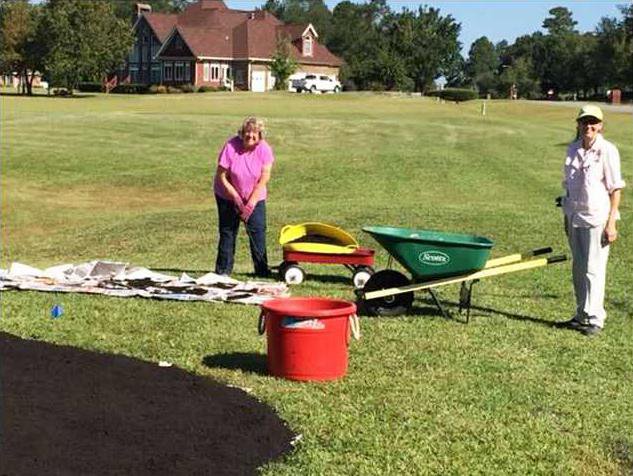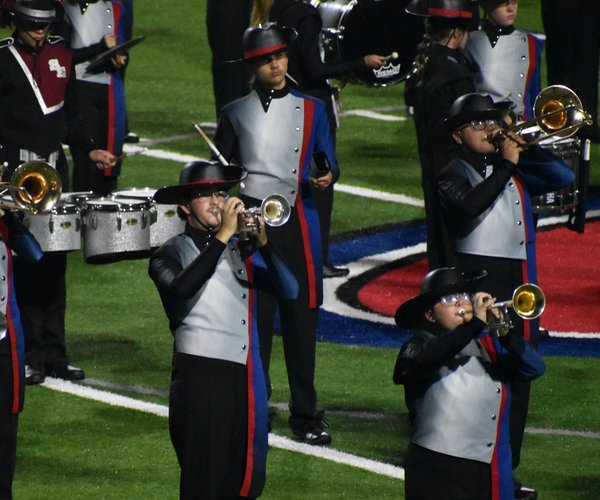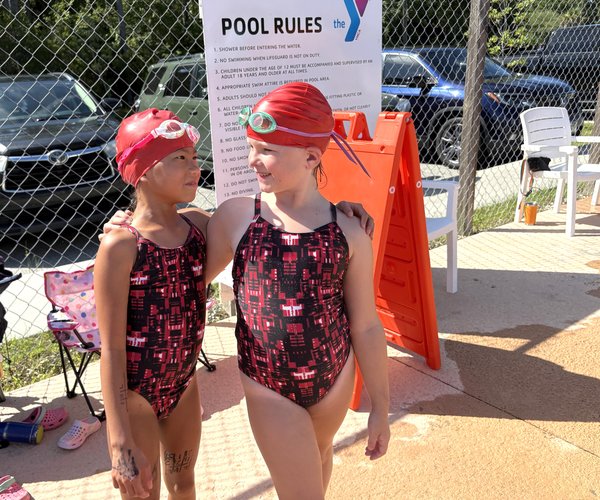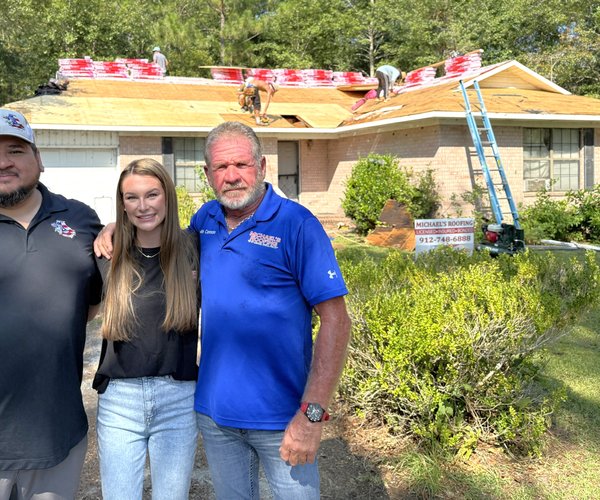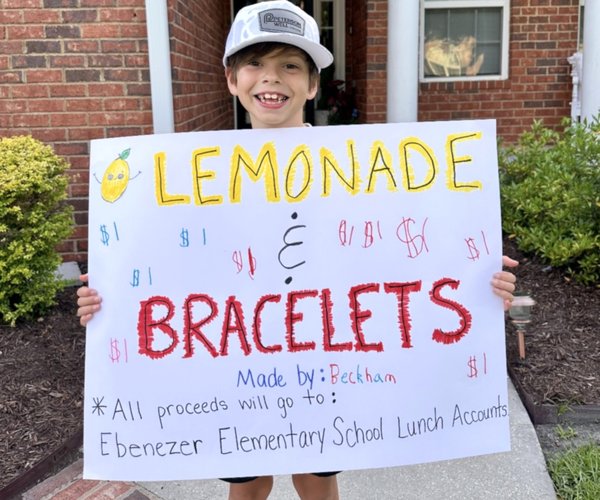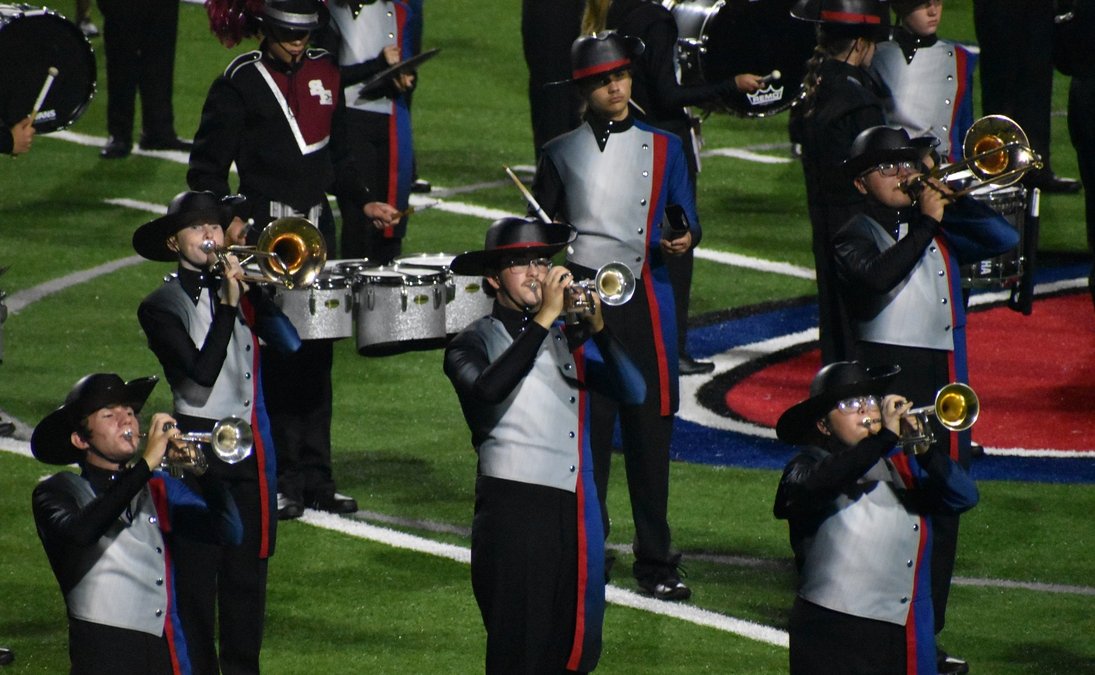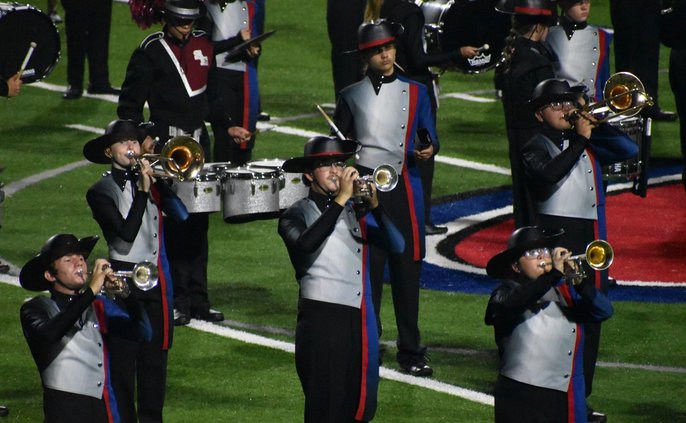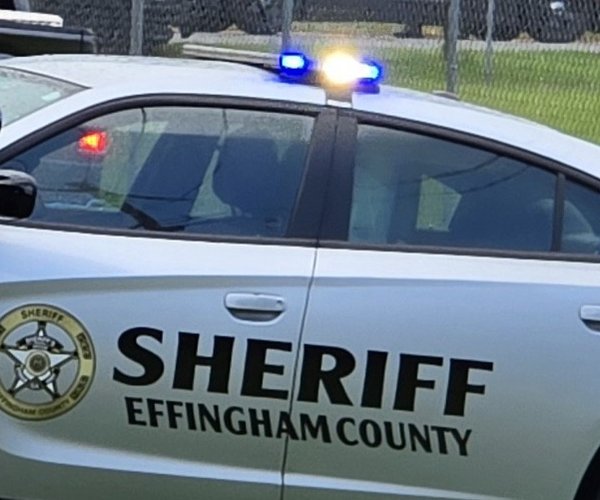The past decade has seen declining bee populations across the country for reasons that are still not fully understood. At the same time, Effingham County has seen a significant population boom that has been accompanied by development and habitat loss.
Master gardeners Mick and Rosemary Sims, along with Elizabeth Lewis, have initiated a project at Lost Plantation Golf Course to not only provide respite for pollinator species such as bees, butterflies and hummingbirds, but also beautifies the landscape with native flowering plants.
Funding for the project was awarded earlier this year through a grant from the Coastal Wildscapes organization out of Darien. The project was approved to proceed at the City of Rincon-maintained Lost Plantation Golf Course during the city council meeting on Sept. 25.
City Council members enthusiastically welcomed the group's initiative and passion to give back to the community through their service work.
The project, which will utilize more than 30 different plant species native to southeast Georgia, is sourcing most of it’s plant material locally from the Southern Native Plantings nursery out of Newington. The spotted bee balm, native azaleas and black-eyed susans, among others, are plenty attractive in their own right, but it’s their ability to provide a range of different colors throughout the year that will help to reverse the decline of honey bees and monarch butterflies by providing plentiful habitat for a variety of critical pollinator species. The fact that the plants are native to the region means that they are particularly well adapted to the insect and disease pressure that many non-native plants succumb to when introduced to the area. This ability of the plants to thrive in the south east means that pesticides and fungicides will likely not be needed.
The site is located directly across Clubhouse Drive from the clubhouse and in front of the pond and pump house. While the team is obviously passionate about the plantings, habitat creation and community service, the larger ambition of the work is to educate and generate interest throughout the county in pollinators and their natural habitat. By this time next year the site should be blooming well and the hope will be that others will gain inspiration to utilize these and other low maintenance, native, and beautiful plants in their own landscapes.
